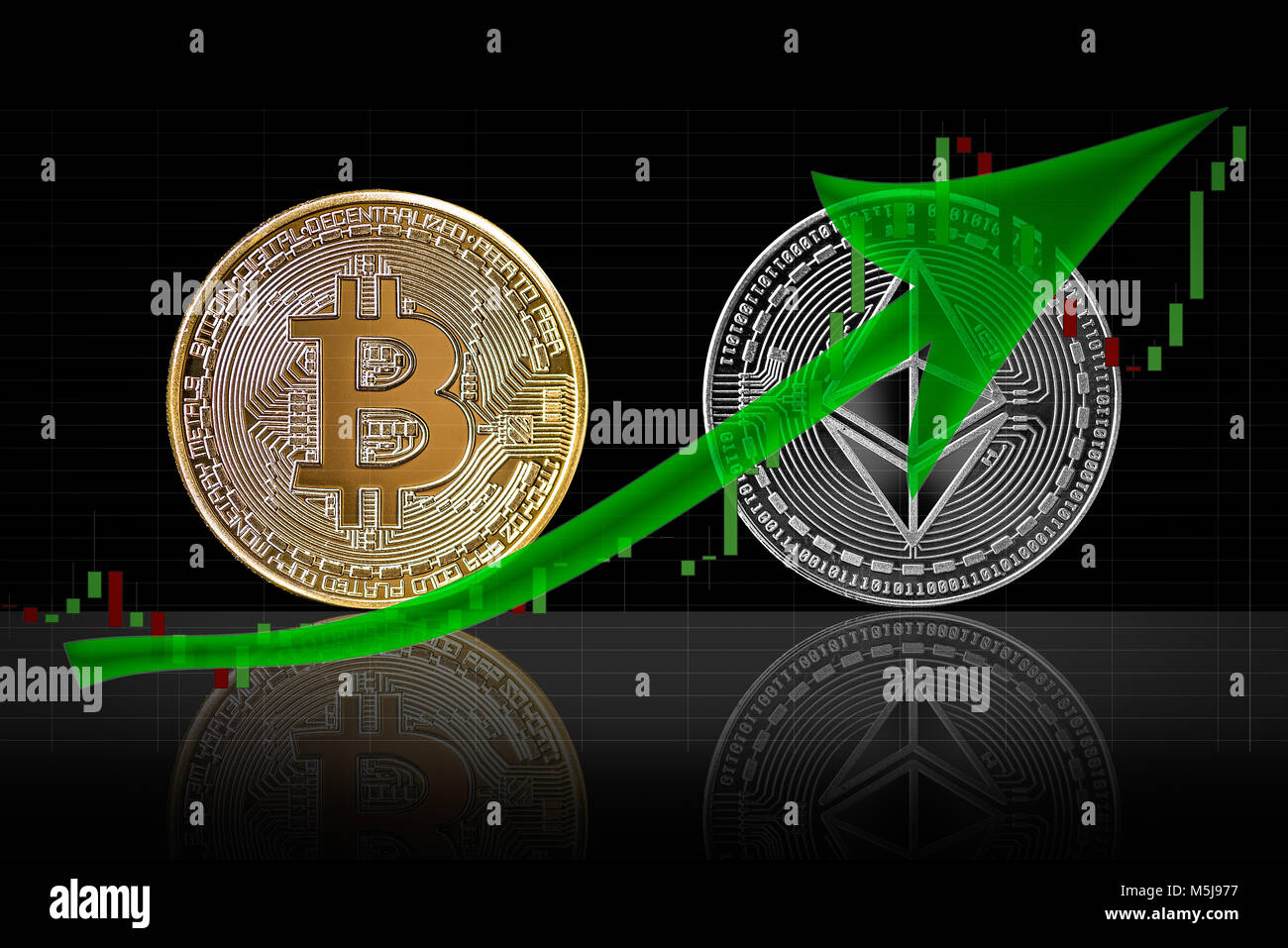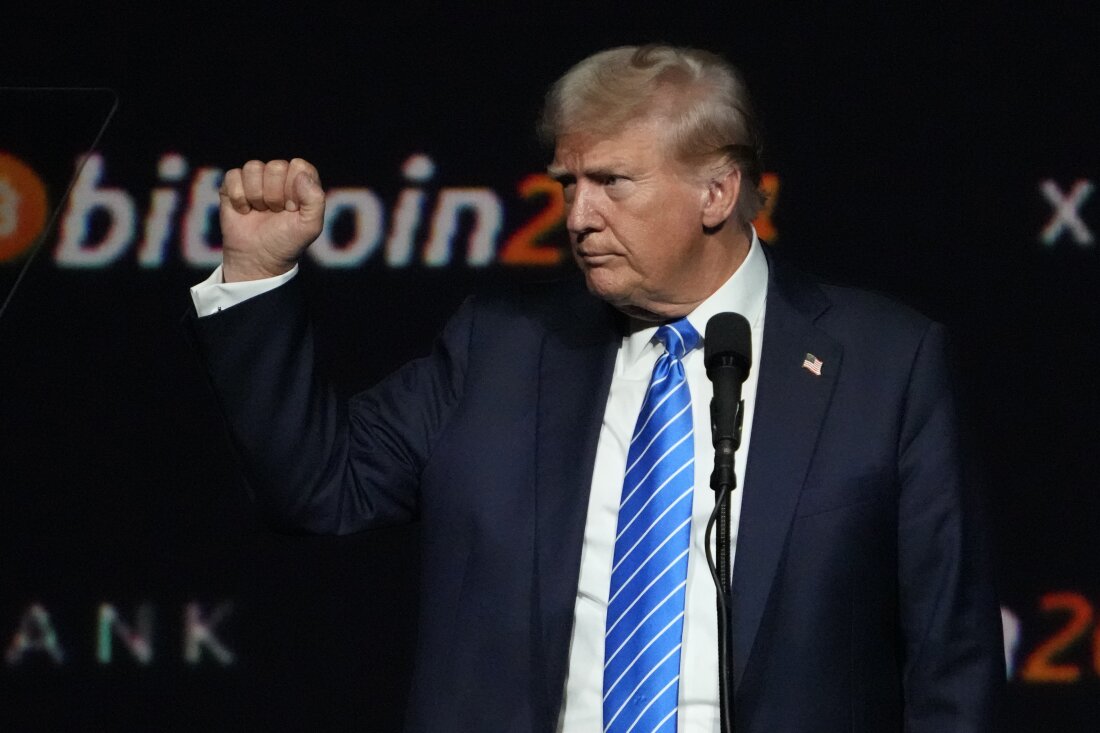Bitcoin: Navigating the Golden Cross and Dollar Dynamics
As the cryptocurrency market continues to evolve, Bitcoin is presenting a remarkably bullish outlook. After months of consolidation, recent developments have pushed the price over the significant threshold of $70,000.
Charting a Bullish Path
Bitcoin has successfully broken above its downward trend established since March 2024, completing a comeback above both the Bull Market Support Band and the 200-day trend line. This recent surge includes noteworthy support confirmations at both $65,000 and $67,000. Furthermore, the price has not only surpassed the previous all-time high of $69,000 but has now been sustained above the important $70,000 mark.
Bitcoin’s recent price surge signals a robust bullish momentum.
The next key barrier for Bitcoin lies within the $71,000 to $74,000 region, critical for entering a price discovery phase that may help define the next chapter of this bullish cycle. The recent formation of a Golden Cross between the 200-day and 50-day moving averages serves as a compelling signal for a trend reversal—reinforcing the upward momentum.
The Dollar vs Bitcoin: An Unusual Correlation
In an unexpected twist, Bitcoin’s ascent coincides with a strengthening U.S. Dollar Index, which has made significant gains over recent weeks. Normally, Bitcoin tends to move inversely to the dollar, as a robust dollar usually indicates tighter liquidity conditions, often leading to challenges for risk-on assets such as Bitcoin.
However, both assets have recently climbed in tandem, an unusual divergence that raises eyebrows in the trading community.
The dollar’s strength is attributed to several factors, chief among them being the robust state of the U.S. economy and rising prospects of a Republican victory in the upcoming elections. A Trump presidency could potentially lead to more stringent tariffs, further bolstering the dollar’s position, especially as easing tensions in the Middle East have led to declining oil prices.
Moreover, even as the Federal Reserve cut interest rates on September 18 for the first time in four years, the rise in bond market rates suggests that some traders view this as a monetary policy misstep. The Fed’s easing approach coincides with a strong fiscal policy, further complicating Bitcoin’s correlation with traditional assets.
The Long-Term View: An Election’s Impact
Ultimately, the outcomes of the presidential race will have minimal long-term impact on Bitcoin’s trajectory. The ongoing debt crisis will persist regardless of who prevails in the elections, which is expected to lead to ongoing money supply expansion—one of the primary drivers of Bitcoin’s burgeoning value.
As more investors dive into the cryptocurrency landscape, exchange-traded funds (ETFs) are shaping price movements significantly. In the past two weeks alone, over $2 billion has flowed into Bitcoin ETFs as Wall Street participants increase their holdings, creating a pronounced effect on price dynamics.
The influx of capital into Bitcoin ETFs leads to heightened market activity.
The correlation between ETF inflows and Bitcoin price movements is tight; substantial demand from ETF issuers leads to spot purchases that take a toll on available supply. This creates a supply shock dynamic, which may intensify if demand through ETFs continues to rise.
Understanding the Market Sentiment
As we approach the U.S. elections, market sentiments will inevitably be influenced by the political landscape, with the potential for a “sell the news” event following election results becoming increasingly likely.
As Bitcoin and the broader cryptocurrency market evolve rapidly, stakeholders are advised to focus on long-term prospects, keeping in mind the cyclical nature of markets and the underlying economic conditions that drive them. Investing in Bitcoin could benefit from patience and a keen eye on macroeconomic indicators.
In conclusion, while the upcoming election and the performance of the U.S. dollar merit attention, the fundamental pillars supporting Bitcoin’s value remain resilient. Keep your strategies aligned with the bigger picture—but stay alert, as market conditions can change swiftly.















